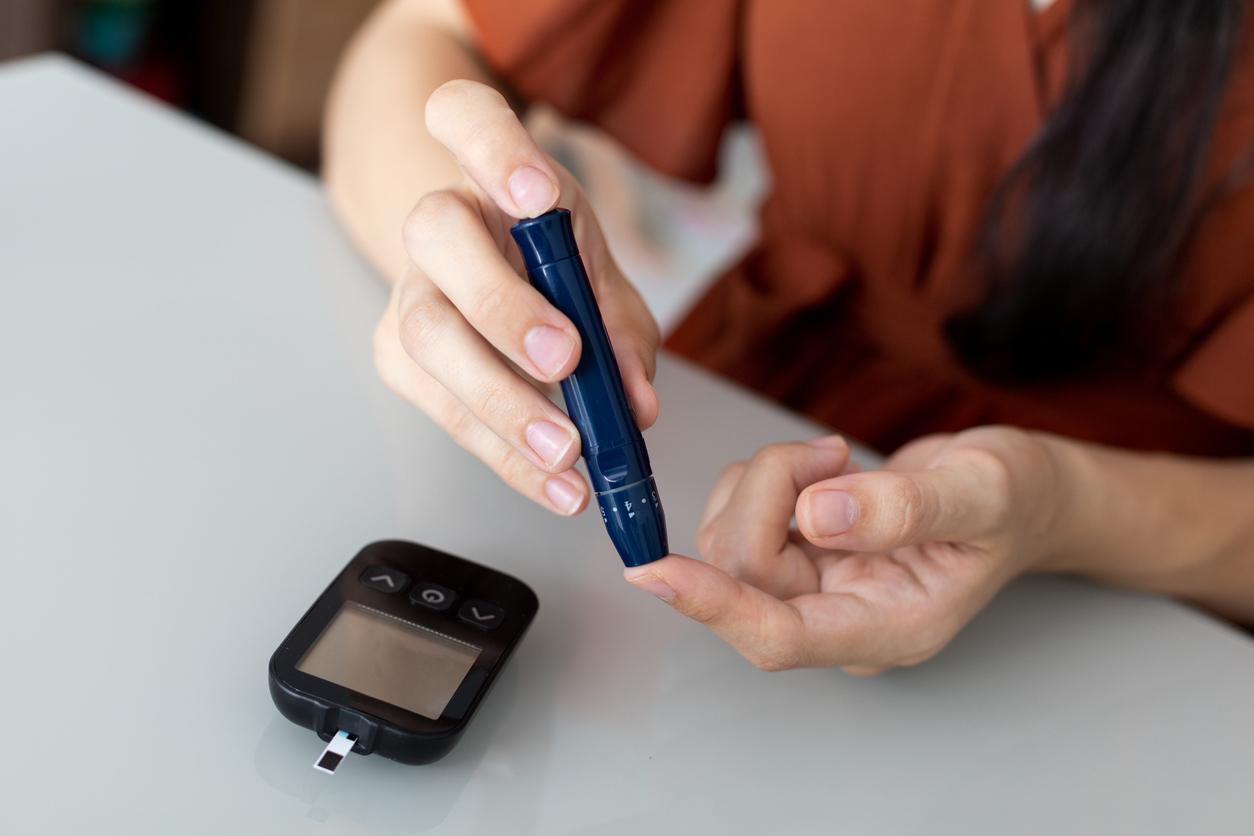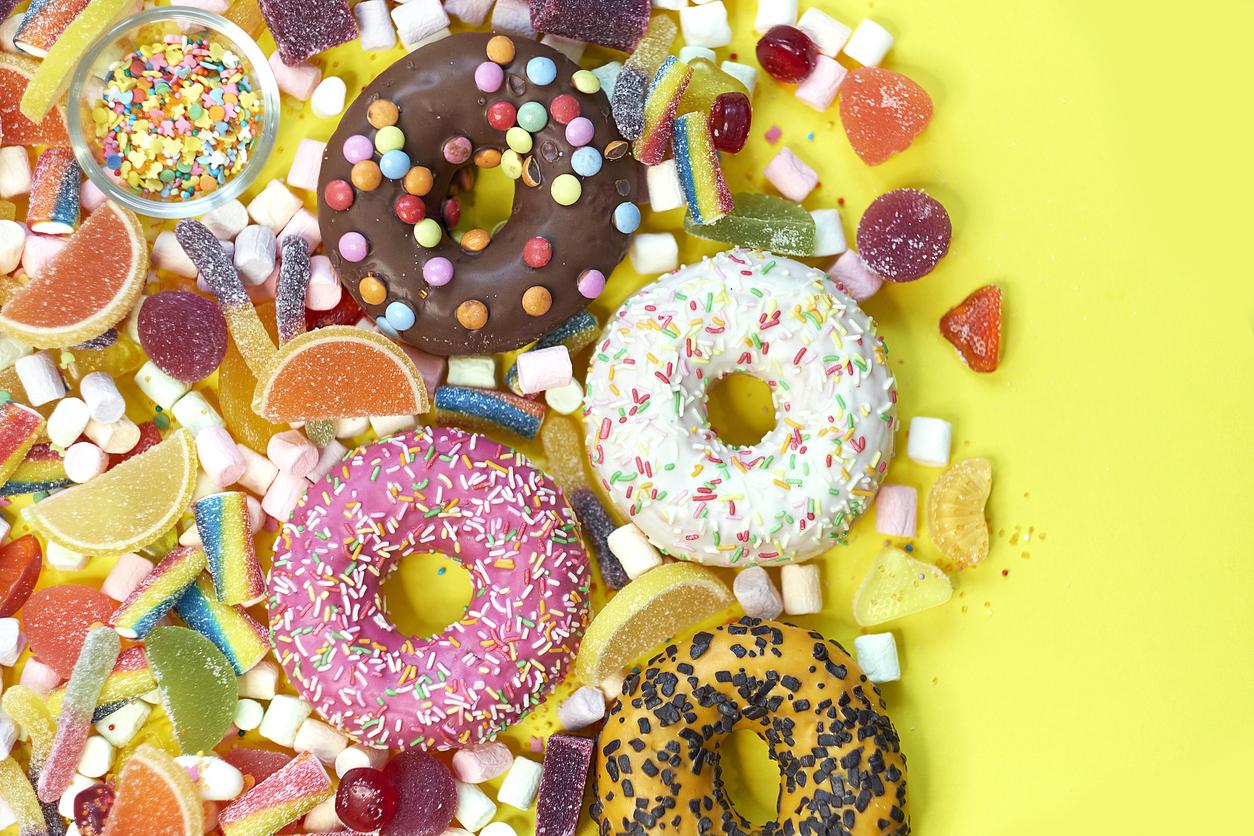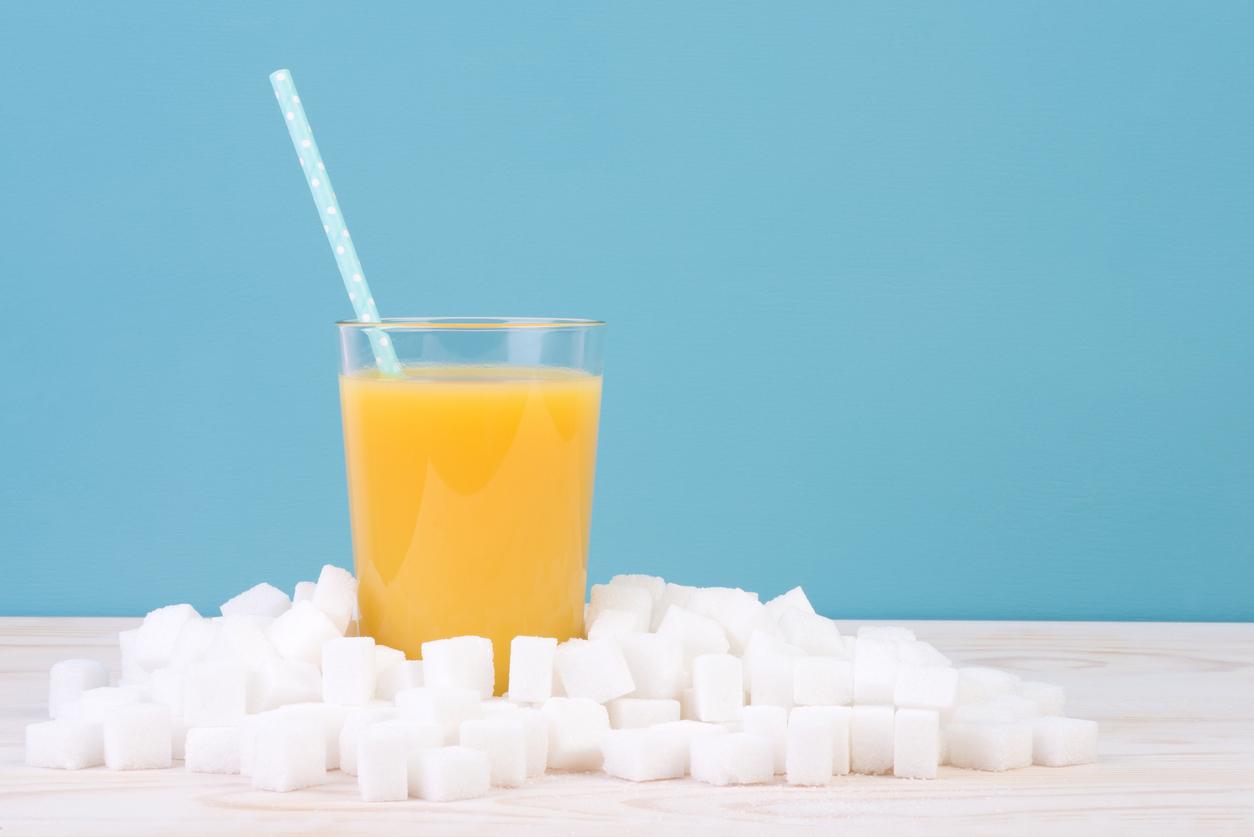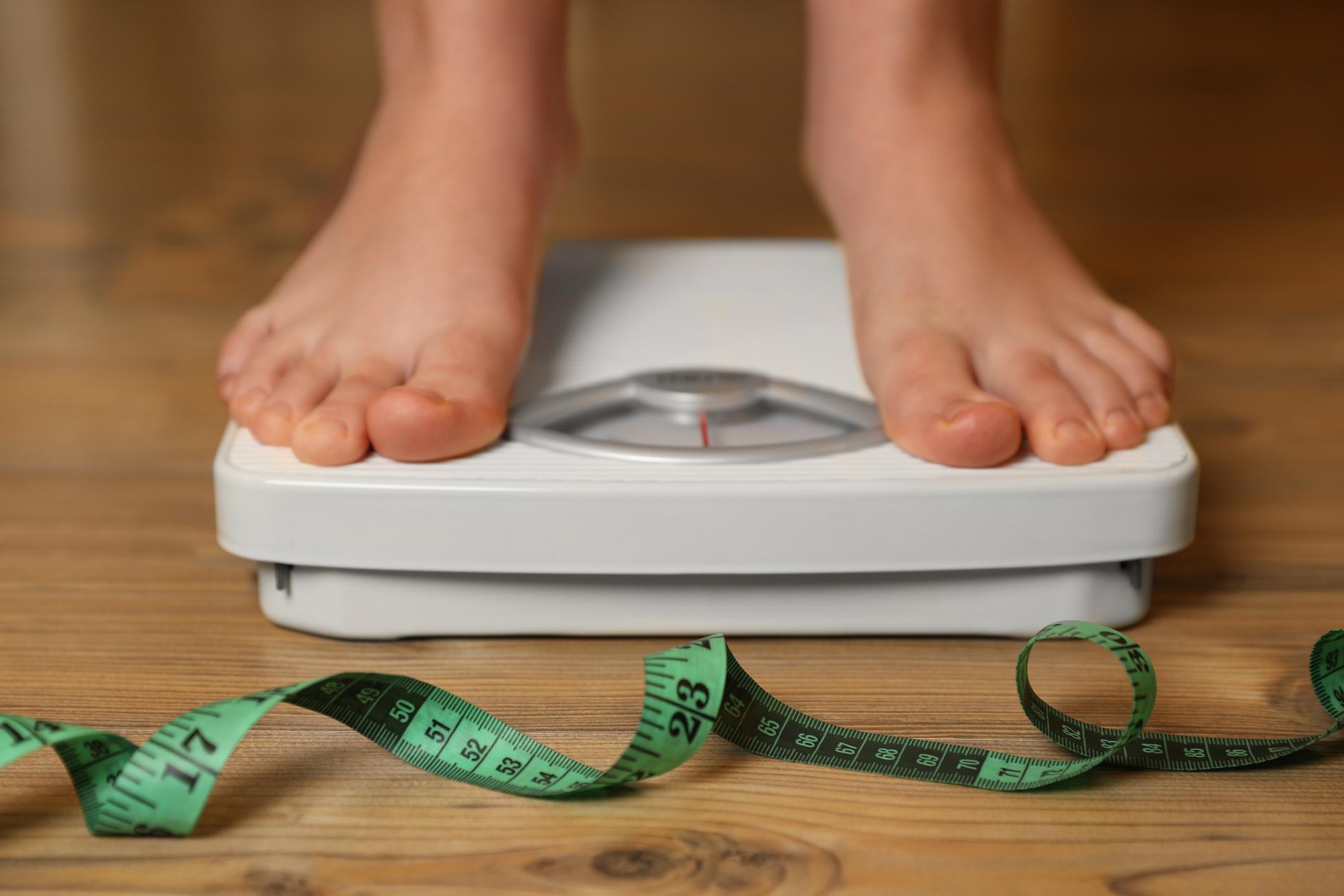the Candida albicans is a microscopic fungus that lives naturally, as yeast, in our intestinal microbiota (flora). ” There, useful, it recycles part of our organic waste into energy, explains Dr Renaud (author of “Fatigue, overweight, stomach aches, migraine, mycosis … What if the culprit was Candida albicans?” (ed. Alpen). But when it grows excessively, it becomes a parasitic mold and expands its territory. It then causes various digestive symptoms (bloating, transit disorders, etc.) or others (sugar urges, fatigue, allergies, depression) “. With a risk, of course, of overweight!
Normally, the “nice” bacteria in our intestinal flora control it. But in case of prolonged stress, disturbed intestinal flora, repeated intake of antibiotics or other drugs (anti-inflammatory drugs, corticosteroids, immunosuppressants, chemotherapy, pill or anti-ulcer), these bacteria are weakened and leave the field open. to candida. Which takes its ease.
” It begins to line the intestinal mucosa, preventing us in the process from assimilating certain minerals, including the precious magnesium, explains Dr Renaud. By force, it can “pierce” the intestinal mucosa, then opening the door to elements that should not have entered the intestine, which causes food hypersensitivity (gluten, lactose…) from which we did not suffer before. “
A disease caused by a fungus
A poor lifestyle, especially food, promotes the expansion of this fungus: it appreciates living in a sweet and acidic environment. “Our eating habits, in acid-base imbalance, too rich in animal proteins and too poor in fruits and vegetables, pave the way for it”.
He diverts some of the sugars that we swallow for his own needs, since he loves it. ” He also lives mainly in the colon ascending, place of bacterial digestion of sugars, explains Dr Renaud. Suddenly, we throw ourselves on large quantities of starchy foods or sweets, thus maintaining our candida, therefore our problem. “
In addition, it indirectly causes and maintains stress, which also pushes us to eat sweet. ” It is estimated that 40% of the population of developed countries like France (and 80% in the USA!) Will develop chronic candidiasis, continues our expert, mainly due to too much consumption of refined sugar “. The more sugar we eat, the more likely we are to develop candidiasis… which will cause us to eat even more sugar. A real vicious circle!
Symptoms of candidiasis
You have to watch out for certain symptoms that do not go away despite one or two treatments. ” The digestive disorders, in particular systematic bloating and the feeling of too full stomach after each meal, heartburn, alternating diarrhea and constipation, persistent fatigue, anal itching, allergies (runny nose, etc.) or skin reactions should alert you », Specifies the specialist.
The best is then to consult a doctor authorized to make the diagnosis, in particular specialized in physiognutrition or micronutrition (to find a practitioner: www.iep-eu.com, site of the European Institute of Physionutrition). If he thinks this may be the case, he will have you fill out a specific questionnaire, called QUADO, and ask for a MOU urinary exam. If candidiasis is confirmed, he will prescribe treatment. Due to the wide variety of symptoms, it is not easy to suspect it. ” Some patients drag on for years with a series of symptoms … and drugs that do not get rid of them. », Notes our expert.
Dietary measures to get rid of it
To eradicate it, no, but to return it to the state of harmless yeast and repair the damage done by the mold, yes! Strict dietary measures must be combined with internal antifungal treatment, natural or not. Triple goal: to eradicate molds, preserve healthy yeasts and restore an overall balance to the intestinal ecosystem. If we only treat the fungus without changing its environment, it will come back. The treatment can be long, from 6 months to 1 year.
Start by ” avoid any “quick” sugar (sweets, honey, jam, but also white bread, white rice, refined pasta, pizza) to starve the parasite, advises Dr Renaud. Even “false sugars” including aspartame, because they ferment while degrading “.
Avoid any food containing yeast, to avoid “adding more”: beer and alcohol in general, mushrooms, leavened bread with baker’s yeast – prefer sourdough bread, which rises with the help of bacteria, or then the homemade bread with baking powder – cheeses in general, especially moldy (blue …), peanuts, pistachios, as well as fish, meat and dried fruit (often colonized by mold). Obviously, Ultralevure, Carbolevure or brewer’s yeast are concerned. On the other hand, room for polyphenols in quantity (green vegetables, small red and black fruits, green tea, onion…). To sum up, eat less starches and sugar, and more vegetables.
Natural products to bring it down
– Garlic, antifungal, 1 clove per day to swallow or to take in capsules.
– Grapefruit seed extract, powerful natural antifungal, to take in capsules, from 2 to 10 mg per day.
– Probiotics, to restore the intestinal flora so that the bifidobacteria take over the candida. They must then contain lactobacillus acidophilus La-5 and bifidobacterium Bb-12. In cures of 21 days per month, for at least 3 to 6 months (sometimes longer).
Detox cures based on lemon juice, black radish, artichoke … to do regularly.
In the event of severe candidiasis, an allopathic antifungal medication may be prescribed to you, but not as a first-line treatment.
Read also : Sugar, a drug?
Nutrition: we should not exceed 6 lumps of sugar per day
5 tips for eating less sweet
















